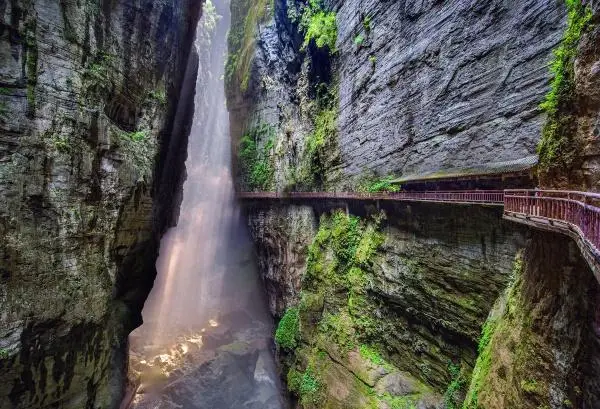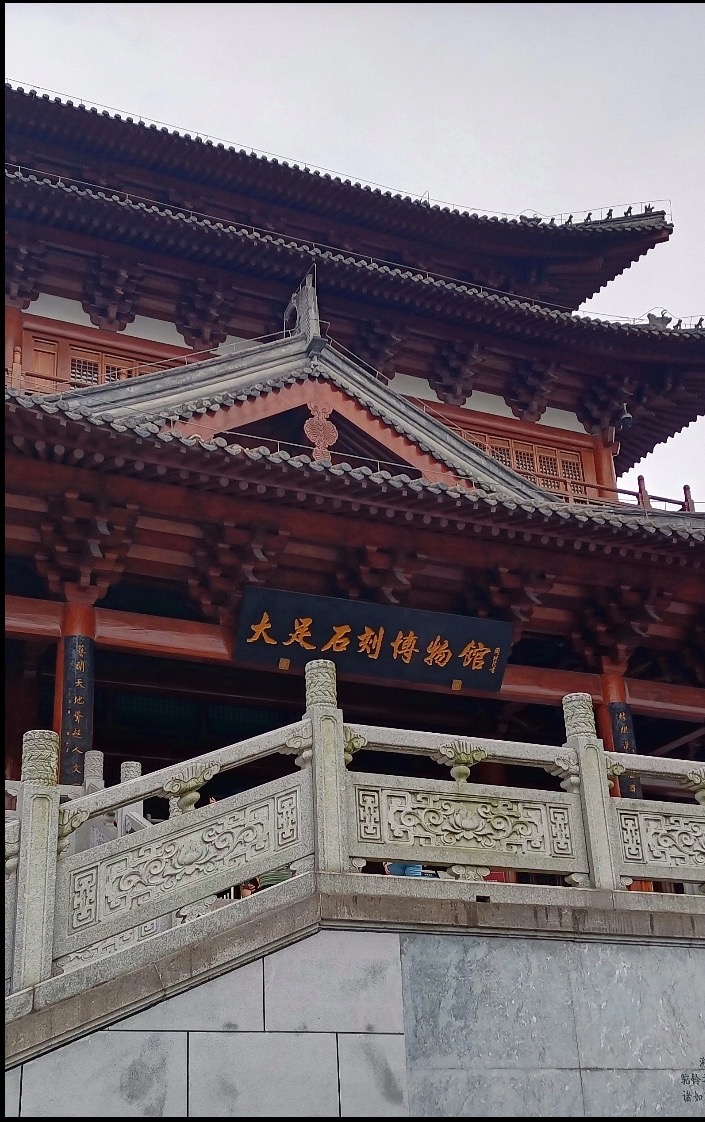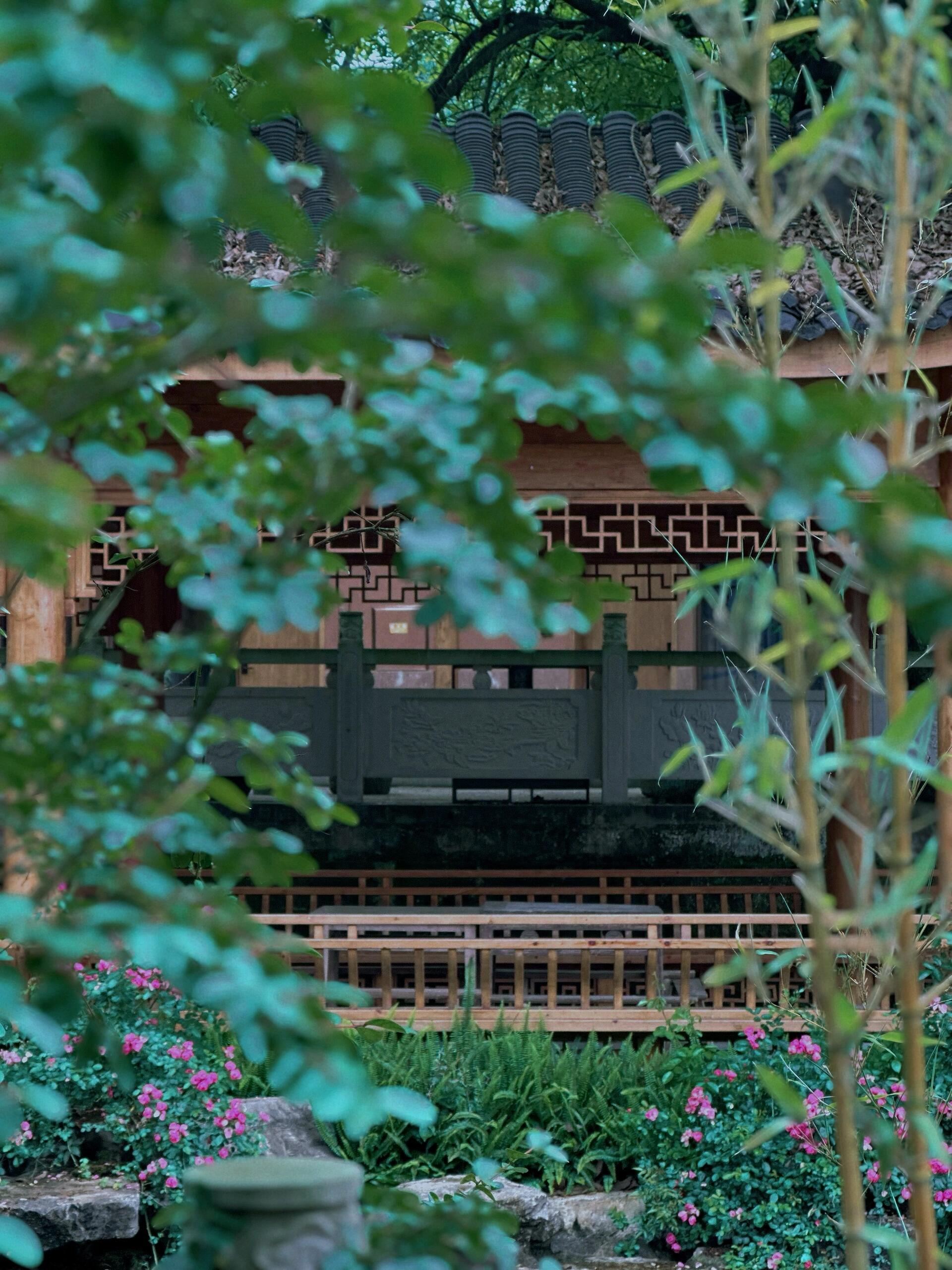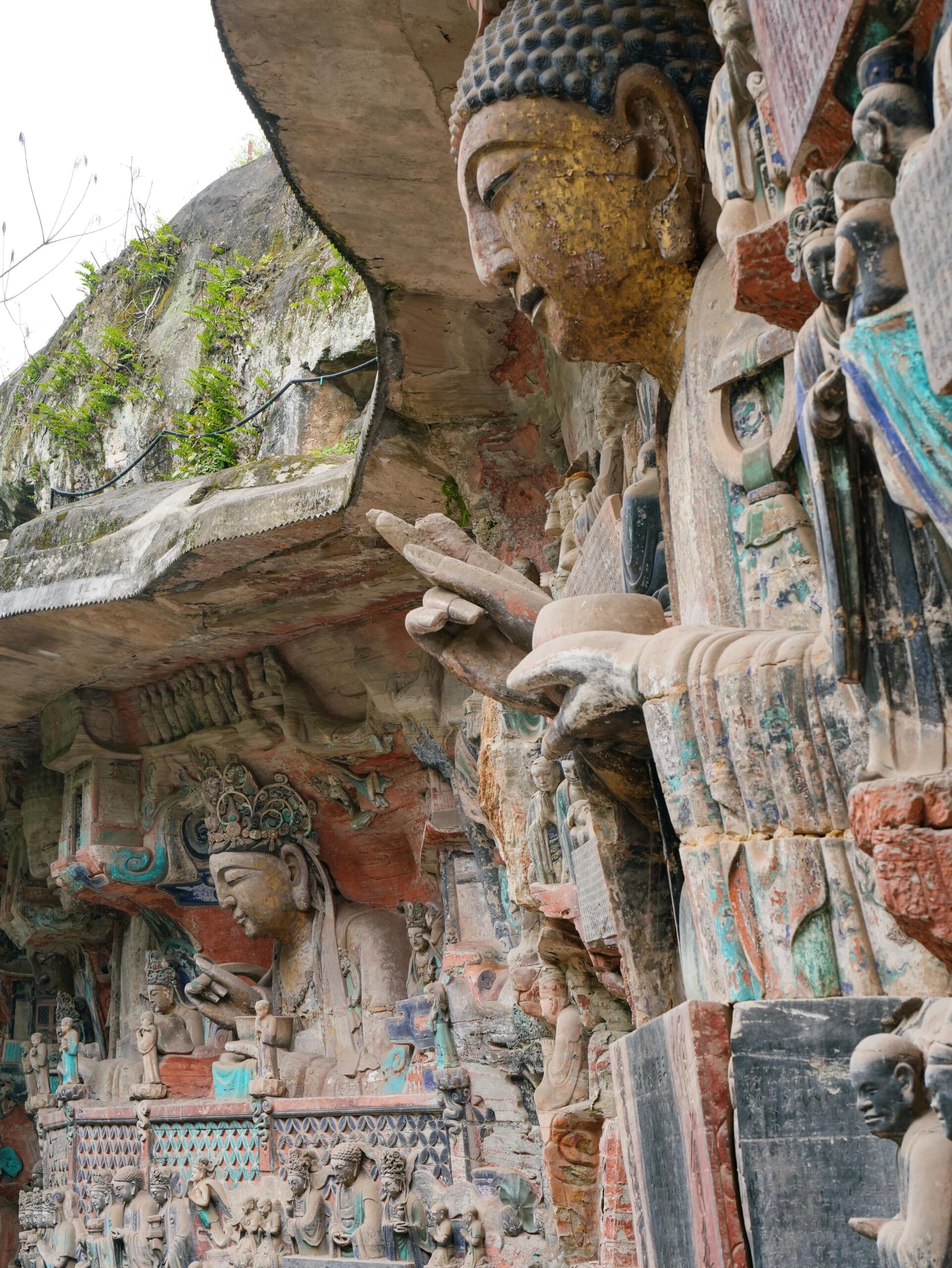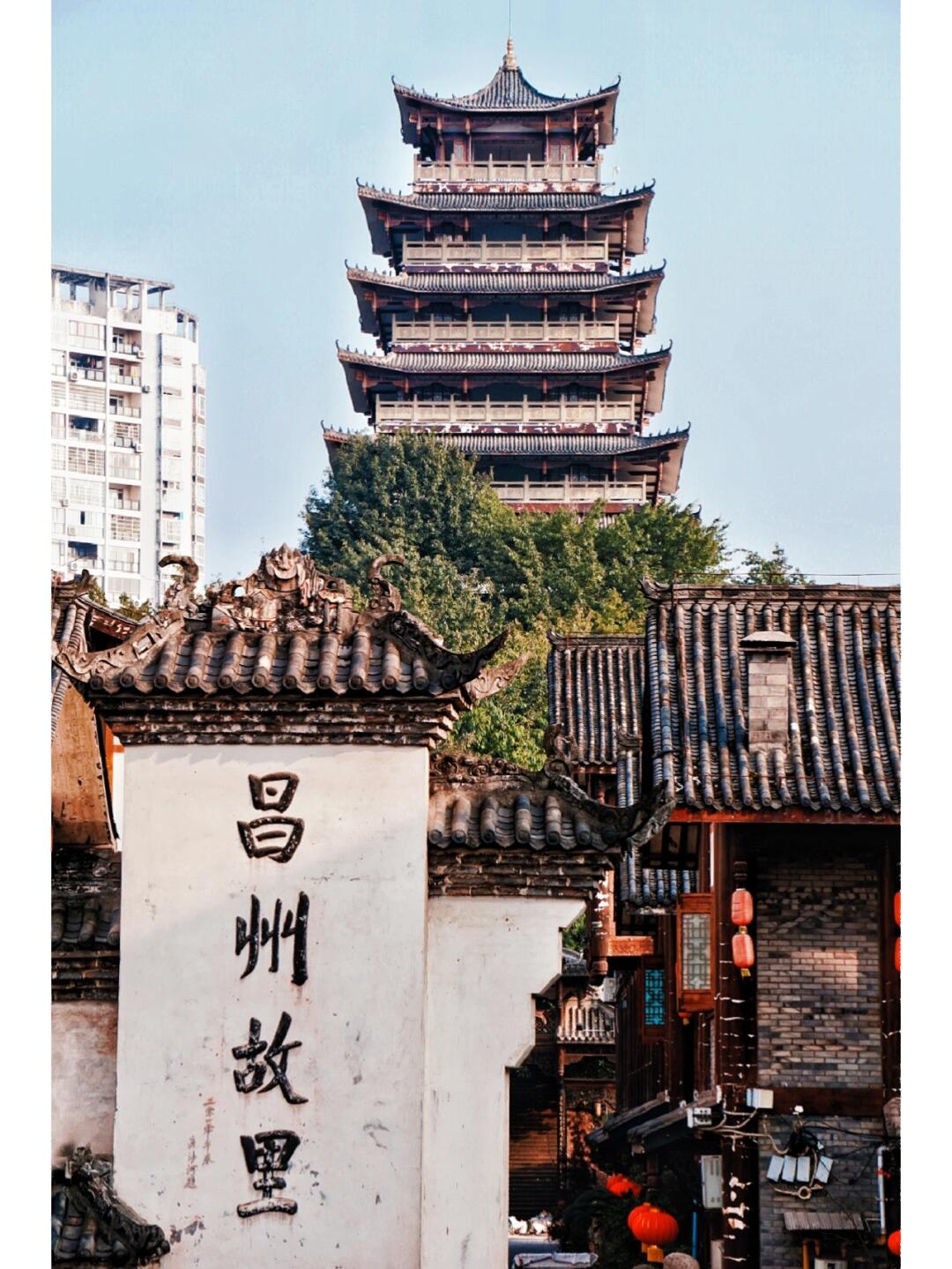


Baiheliang Underwater Museum
World's first underwater museum, preserving ancient water level markers and inscriptions.
Information
Ticket price
Time
Location
185 Binjiang Ave Section 2, Fuling District, Chongqing, China
View maps
More about the trip
Baiheliang Underwater Museum: Preserving Ancient Inscriptions Beneath the Yangtze
The Baiheliang Underwater Museum, located in Fuling District, Chongqing, is a unique and innovative museum designed to preserve and display the ancient Baiheliang stone carvings. These carvings, dating back over 1,200 years, are a collection of hydrological inscriptions and fish carvings that historically served as a hydrological station, recording water levels of the Yangtze River. With the construction of the Three Gorges Dam, the original site was submerged, leading to the creation of this underwater museum to protect this invaluable cultural heritage.
What to See and Do
Underwater Viewing: The main attraction is the opportunity to view the original Baiheliang stone carvings through large glass windows from an underwater viewing corridor. Visitors descend into the museum via an escalator or elevator, and then walk through a tunnel to observe the ancient inscriptions in their original submerged location.
Hydrological History: Learn about the significance of Baiheliang as an ancient hydrological station, providing crucial data on the Yangtze River's water levels over centuries. The inscriptions also include poems, calligraphy, and fish carvings.
Exhibitions: The museum features exhibitions that explain the history of Baiheliang, the methods used for its preservation, and the broader context of the Three Gorges Dam Project. Models, photographs, and multimedia displays enhance the understanding.
Engineering Marvel: The museum itself is an engineering marvel, designed to allow visitors to view the submerged relics without direct contact with the river water.
Best Time to Visit
The museum is an indoor attraction, making it suitable for visiting year-round. Weekdays are generally less crowded than weekends and public holidays.
How to Get There
The Baiheliang Underwater Museum is located in Fuling District, which is about 1.5-2 hours by high-speed train from Chongqing North Railway Station to Fuling North Railway Station. From Fuling, you can take a local bus or taxi to the museum. Many tour operators in Chongqing also offer organized day trips.
Travel Tips
Allow ample time: Plan for at least 1.5 to 2 hours to explore the museum and view the carvings.
Photography: Check the museum's photography policy, as flash photography might be restricted to protect the artifacts.
Educational focus: The museum provides a fascinating blend of history, culture, and engineering, offering a unique educational experience.

